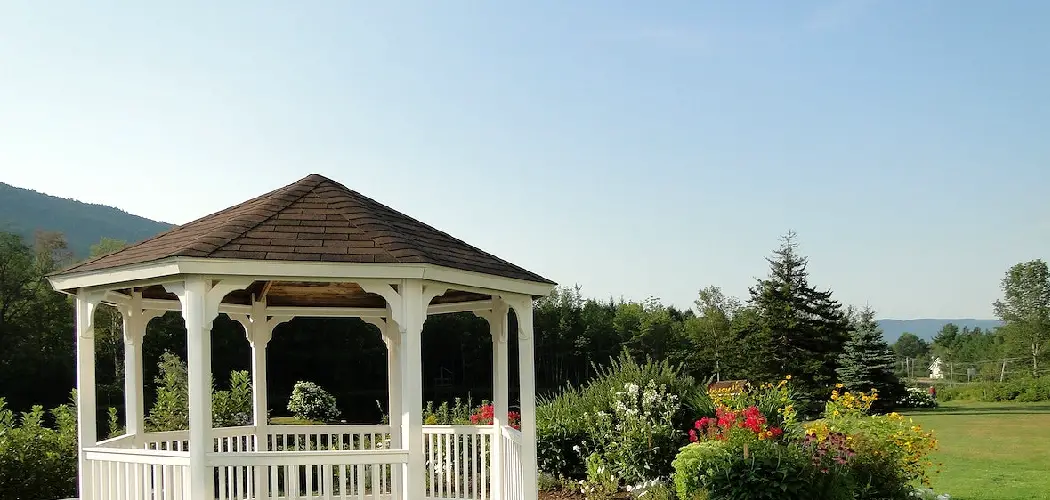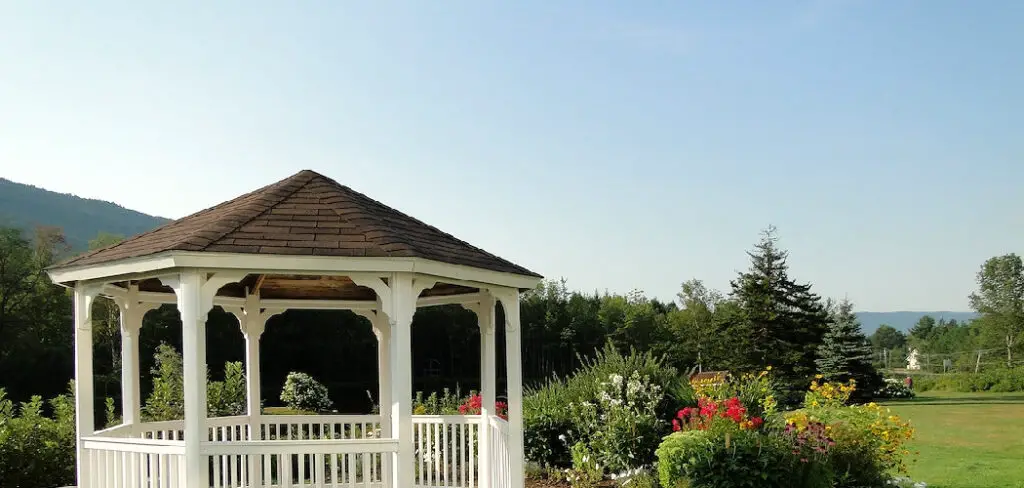
Covered patios are essential to any home, providing a sheltered and comfortable place to relax or entertain outdoors. Keeping the rain off the covered patio is a crucial part of ensuring it’s used properly and stays in good condition. Rain can cause damage to the patio material, furniture, and other items that may be stored there.
It can also put a damper on any outdoor activities that were planned. Thankfully, you can take some simple steps to ensure your covered patio stays dry and rain-free.
Keeping rain off a covered patio has many advantages. One of the most important is that it helps protect furniture and other items from damage due to exposure to water, which can lead to mold or mildew buildup. Additionally, keeping the rain off the patio keeps people dry and comfortable when spending time outside in inclement weather. Finally, it also keeps the area around the patio dry and prevents mud or puddles from forming in the area. In this blog post, You will learn in detail how to keep rain off covered patio.
Step by Step Processes for How to Keep Rain Off Covered Patio
Step 1: Inspect All the Seams
Carefully inspect all the seams of the covered patio for any signs of wear or damage. If you notice any, fix them immediately to ensure no rainwater seeps through. Ensure that your covered patio is always clean and free of debris that can accumulate over time, leading to water damage.
Step 2: Check for Gaps
Check for any gaps between the roof and other patio sections, like walls or posts. If there are any, use expanding foam insulation to fill them up. This will create an airtight seal that will prevent water from entering your covered patio.
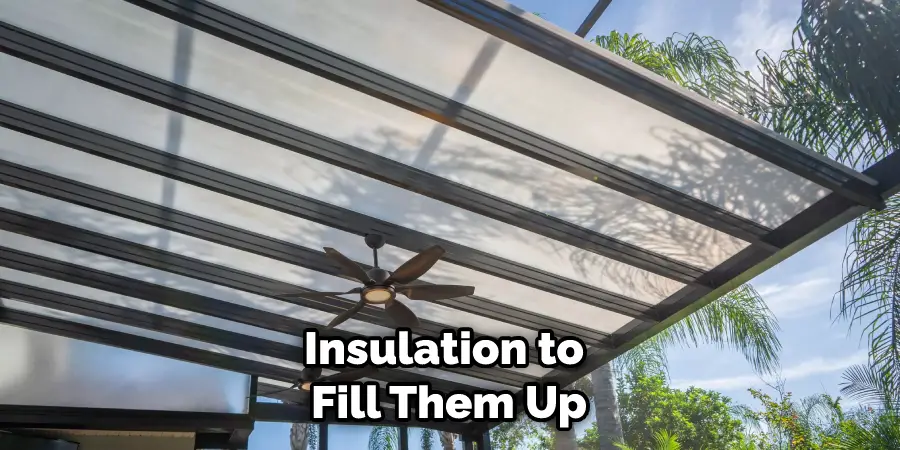
Install rain gutters if the covered patio does not have them already. These will collect any rainwater that falls onto the roof, stopping it from pooling on your patio and seeping through the seams.
Step 3: Use an Awning or Canopy
An awning or canopy can be used to provide extra protection from the rain. It can be used to keep the patio dry during light and moderate rain showers or even act as a windbreaker in windy conditions. When constructing your covered patio, make sure to use high-quality materials that are designed to withstand exposure to the elements.
This will help to keep rainwater out and reduce the chances of your patio getting damaged in the long run.
Step 4: Check for Overhangs
Check if there are any overhangs around your covered patio that can provide extra protection from the rain. These can be used to divert water away from your patio, keeping it dry and safe. A rainproof cover can be used to provide an extra layer of protection from the rain. This is especially useful for patio owners who live in areas with frequent or heavy rainfall.
Step 5: Seal the Roof’s Edges
Sealing the edges of the roof can help to ensure that no rainwater seeps through. Make sure to use a waterproof sealant and inspect it regularly, as any cracks or gaps could allow water into your patio. Installing a drainage system is essential for keeping rainwater away from your covered patio. Make sure to use a properly sealed system that can effectively redirect the rainwater away from your patio, preventing any water damage.
Step 6: Clean Regularly
Make it a habit to clean and inspect your covered patio regularly. This will help ensure that there are no gaps or cracks in its structure that could allow rainwater to seep through. By following these steps, you can ensure that your covered patio remains dry and safe even during heavy rains.
With the right preparations, you can make sure that rain won’t be a problem for your outdoor space.
Tips for How to Keep Rain Off Covered Patio
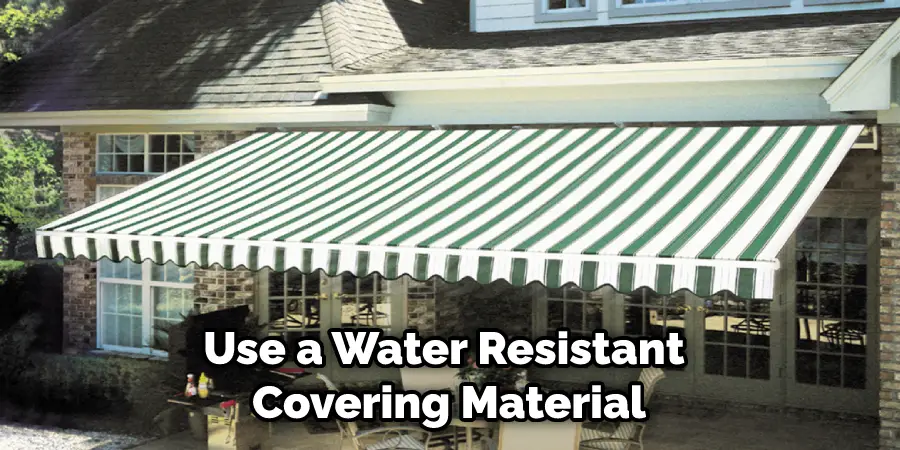
- Install weatherstripping along the side of your patio cover to create a tight seal against inclement weather.
- Use a water-resistant covering material on top of your patio covers, such as vinyl, metal, or aluminum, to protect from rain and snow.
- Make sure that any gutters or drains are in good condition and can dispose of rainwater quickly.
- Reinforce the structure of your patio cover with braces or additional supports, if necessary.
- Regularly inspect your patio cover for any damage that can lead to leaks or water accumulation.
- Keep furniture and other items away from the edges of the patio cover to help prevent water from seeping through.
- Consider purchasing an awning or canopy to protect your covered patio from inclement weather.
By following these tips and taking the necessary precautions, you can enjoy your outdoor space, rain or shine.
How Often Should You Check for Water Damage to Your Covered Patio?
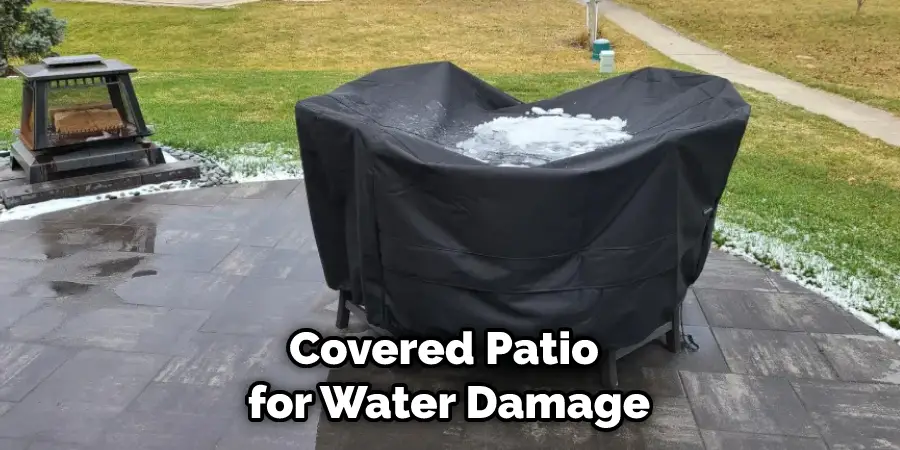
Regular maintenance of your covered patio is important to keep it dry and free from water damage. How often you check for water damage depends on your area’s location and climate conditions. Generally, it’s best to check for signs of water accumulation or saturation at least once a month.
You may want to check more frequently during periods of heavy rain or after storms.
When inspecting your covered patio for water damage, look at the ceiling and walls for signs of dampness, mold, or discoloration. If you find any of these indicators, it’s important to investigate further to determine the source of the moisture and take steps to address it. It may be wise to hire a professional contractor to assess the situation and recommend solutions.
How Can You Prevent Mold and Mildew From Forming on the Roof of Your Patio?
- Inspect the roof of your patio to ensure that it is in good condition and free from damage, such as cracks, holes, or loose seams.
- Clean the roof regularly with a garden hose and brush or pressure washer to remove dirt, debris, and any organic matter that can help nourish mold spores.
- Treat the roof with a waterproof sealant or paint that contains a mildewcide to help protect against mold and mildew growth.
- Fit your patio with gutters, which can help divert rainwater away from the covered area and reduce moisture buildup on your roof.
- Place awnings or other temporary coverings over the patio to provide additional protection from rain and snow.
- Ensure that your patio roof is properly ventilated to prevent moisture buildup, which can lead to mold and mildew growth inside the covered area.
- Consider installing a specialty product such as a rain diverter system to keep rainwater from reaching your patio roof.
By taking preventative measures and regularly inspecting the roof of your patio, you can help ensure that mold and mildew don’t form on your covered area.
How Do You Maintain the Paint, Sealants, and Caulking on Your Covered Patio to Protect Against Water Damage?
Whether you use sealants, paint, or caulking to protect your patio from rainwater damage, it is important to maintain these materials to get the most out of them. To keep your covered patio protected against rainwater damage for years to come, here are a few tips for maintaining the paint, sealant, and caulking on your covered patio:
- Clean Regularly: Dirt, debris, and bird droppings can accumulate on your patio’s exterior over time and create a film that prevents the paint, sealant, or caulking from properly adhering to the surface. Be sure to clean your patio regularly with an appropriate cleaner for your specific surfaces.
- Inspect Regularly: It’s important to inspect the condition of your patio regularly for any damage or cracks that could allow water to get inside. If you discover any areas of concern, be sure to address them immediately before they become bigger problems.
- Replace Materials When Necessary: Paint, sealants, and caulking can all wear down over time due to exposure to the elements. When necessary, replace these materials with quality products to protect your patio against water damage caused by rain.
By following these simple tips, you can ensure that your covered patio is properly sealed and maintained to provide your family with years of protection against water damage caused by rain.
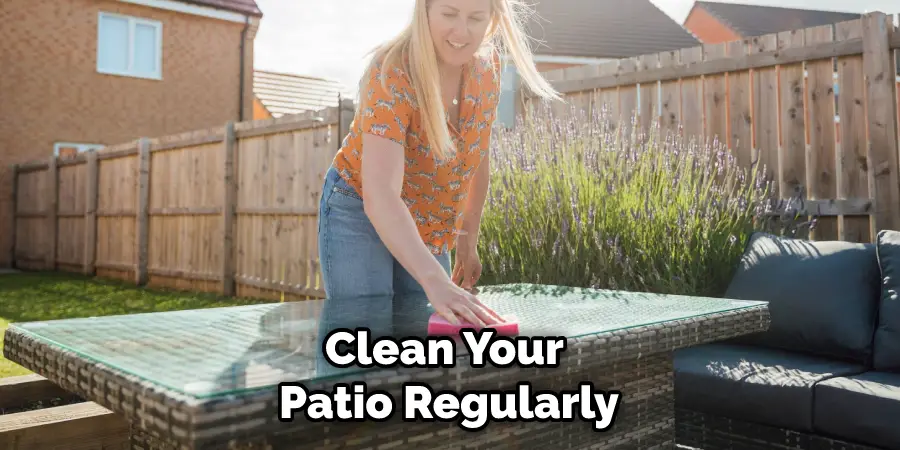
Conclusion
in conclusion, keeping the rain off a covered patio is not as difficult or expensive as it may sound. It’s important to use the right materials, such as roofing shingles and gutters, that are designed to protect against water damage. Additionally, homeowners should invest in some kind of cover for the patio itself – an overhead gazebo, awning, or even some tarps. Additionally, products on the market are designed to keep the rain off covered patios, such as retractable shades and waterproof furniture covers. I hope this article has been beneficial for learning how to keep rain off covered patio. Make Sure the precautionary measures are followed chronologically.

